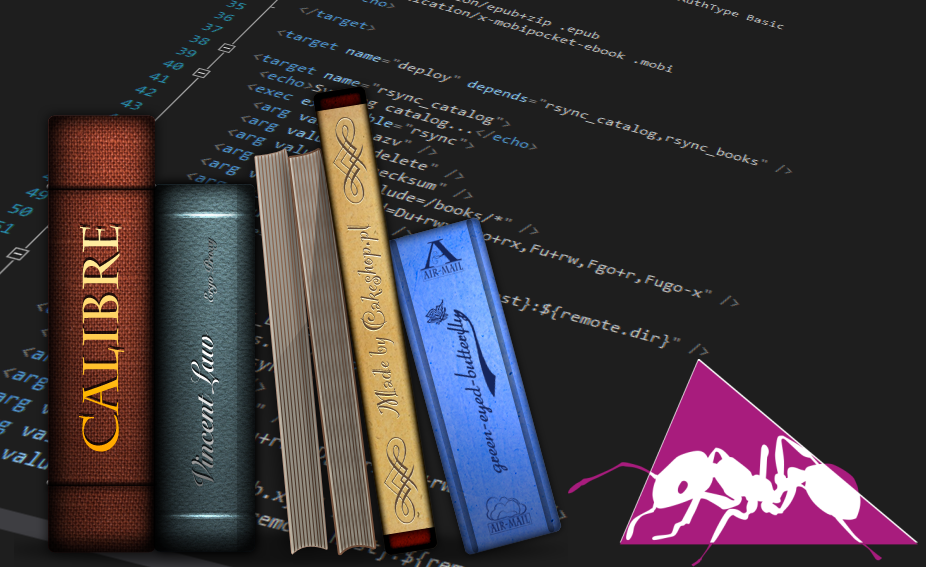You know that feeling when you spot something destined for the recycling bin and think, “Wait, I could actually use that”? I’ve had an old Dell Precision T5500 sitting around collecting dust (you know, because I hate throwing stuff like that away).
This thing was a beast from the mid-2000s—built like a tank, the kind of workstation that could handle 3D rendering and video editing without breaking a sweat back when that was impressive. Looking at the specs, I realized it could handle something I’d been meaning to set up: a dedicated Linux server for Docker container development and running an n8n automation instance.
The logic was sound. Sure, it’s not the most power-efficient machine, but it was free, and I already had the hardware. I plunked it down on the floor in my office and got to work.









